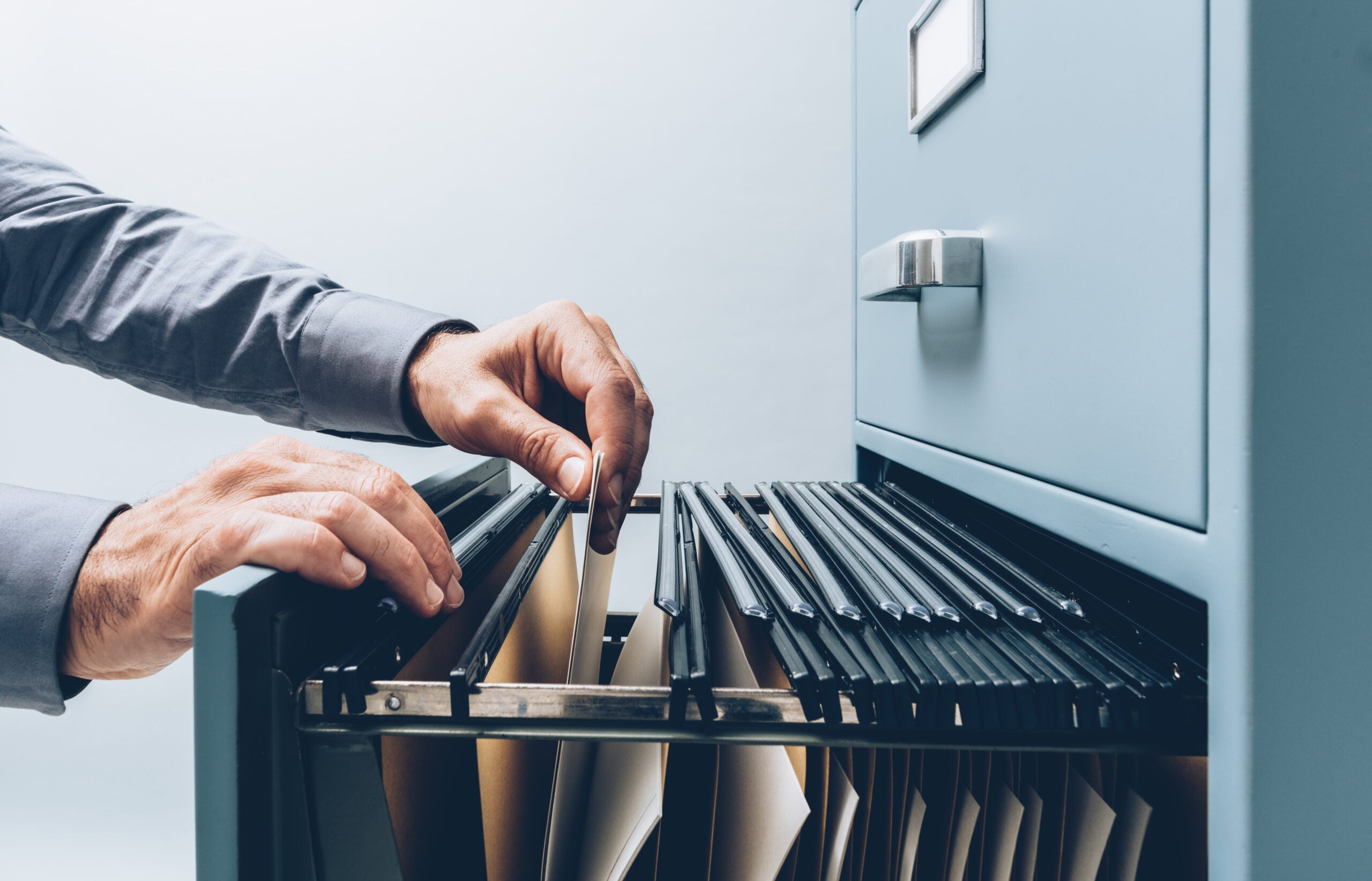Demonstrating compliance with restricted substance legislation like the Restriction of Hazardous Substances (RoHS) Directive and the Registration, Evaluation, Authorisation and Restriction of Chemicals (REACH) Regulation is a challenging process that goes beyond supply chain data management.
As a result of the fact that most substance regulations lack comprehensive testing protocols, and some complex products make testing financially impossible, greater scrutiny of supply chain data is vital. Technical documentation — sometimes called a technical file, technical construction file or technical dossier, depending on the regulation in question — provides a level of added scrutiny, allowing companies in scope of these regulations to demonstrate their compliance.
Here are four vital facts about the role technical documentation plays in numerous restricted substance regulations.
Technical Documentation & Restricted Substances
Historically, testing protocols have been the go-to means of demonstrating compliance with most product safety laws, such as Federal Communication Commission (FCC) requirements, the Electromagnetic Compatibility (EMC) regulation, specific absorption rate (SAR) limits, and the Low Voltage Directive, to name a few. In fact, most technical files are built on the data from test reports, but for requirements that apply to substances restricted at very low levels (e.g. homogeneous) level, like those seen in the RoHS Directive, testing is not practical. This is further identified in European Chemicals Agency (ECHA) guidance.
As such, regulatory and industry authorities recognize the role of accepted harmonised standards when demonstrating compliance. Under Section 1.1.3 of the European Commission Blue Guide, “products manufactured in compliance with harmonised standards benefit from a presumption of conformity with the corresponding essential requirements of the applicable legislation.”
Learn more about meeting technical documentation needs in our whitepaper, The Need for Due Diligence in Assessing Supply Chain Documentation.
Leveraging International Standards
Leveraging recognized standards is vital for demonstrating compliance with regulations such as the RoHS Directive. For example, the International Electrotechnical Commission’s (IEC) 63000 standard was designed with electrical and electronic products in mind and takes into account the challenges inherent to testing and documentation in the industry, such as substances at the homogeneous level.
By engaging with their supply chain and leveraging this standard, companies can collect and assess the information and documentation they need to demonstrate compliance. Following this standard is subject to a presumption of conformity, though simply gathering this information is not sufficient, as further evaluation is necessary.
Determining Supply Chain Risk
Complex supply chains increase risk. Even with due diligence programs in place, it’s still possible for restricted substances to make their way into products; chemical non-compliance was the most cited reason for product recalls in Europe in 2018, for example.
As such, any due diligence program must begin with a determination of supply chain risks. Section 4.3.2 of IEC 63000 requires manufacturers to conductan assessment of their suppliers, determining how likely it is that restricted substances will be present in materials, parts and/or sub-assemblies. They must also assess how trustworthy the supplier is, along with the information they provide.
This entire process can also be overlaid with technical judgment.
Gathering & Assessing Information
Based on this risk assessment, manufacturers need to have the following available:
- Supplier declarations and/or contractual agreements.
- This could include supplier declarations that confirm restricted substance content is within permitted levels, or signed contracts that confirm the manufacturer’s specified maximum content of restricted substances in a material, part or sub-assembly is fulfilled.
- Material declarations that provide information on specific substance content, identifying any applied exemptions.
- Analytical test results.
- A general description of the product.
- Supporting documents for materials, parts and/or sub-assemblies.
- Information that demonstrates the relationship between the documentation and corresponding materials, parts and/or sub-assemblies.
- A list of the standards and technical specifications used to establish the technical documents.
Once a manufacturer has all this information, it must be challenged to determine if it meets expectations from a variety of quality checks associated with the information itself. For example, a simplified supplier declaration should meet expectations like standard ISO/IEC 17050-1:2004.
Companies should then document the procedures they use to evaluate their documents with regards to quality and trustworthiness. Documentation should include information that is deemed to be of sufficient quality and trustworthiness. Insufficient or invalid documentation is itself a form of non-compliance, and companies submitting such information face potential fines and loss of market access. Once these procedures have been documented, companies must then prove they are following them.
Conducting this additional due diligence on technical documentation helps ensure its accuracy. Using an effective supply chain data management solution such as the Assent Compliance Platform can help companies collect and manage the data necessary for compiling technical documentation. Contact us to learn more.









